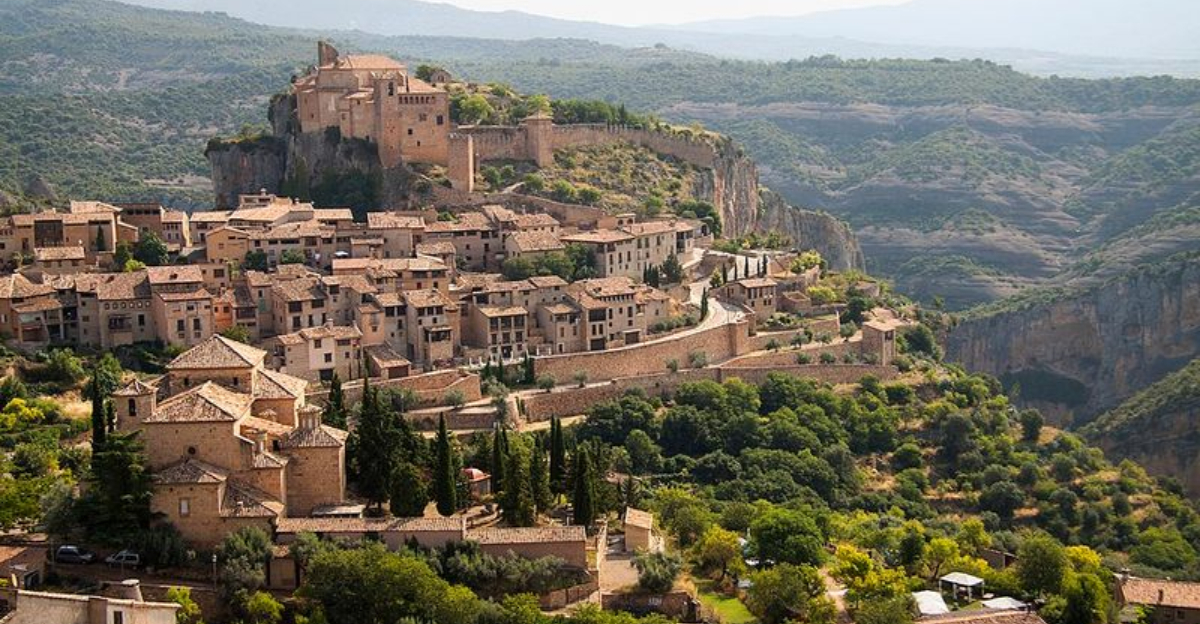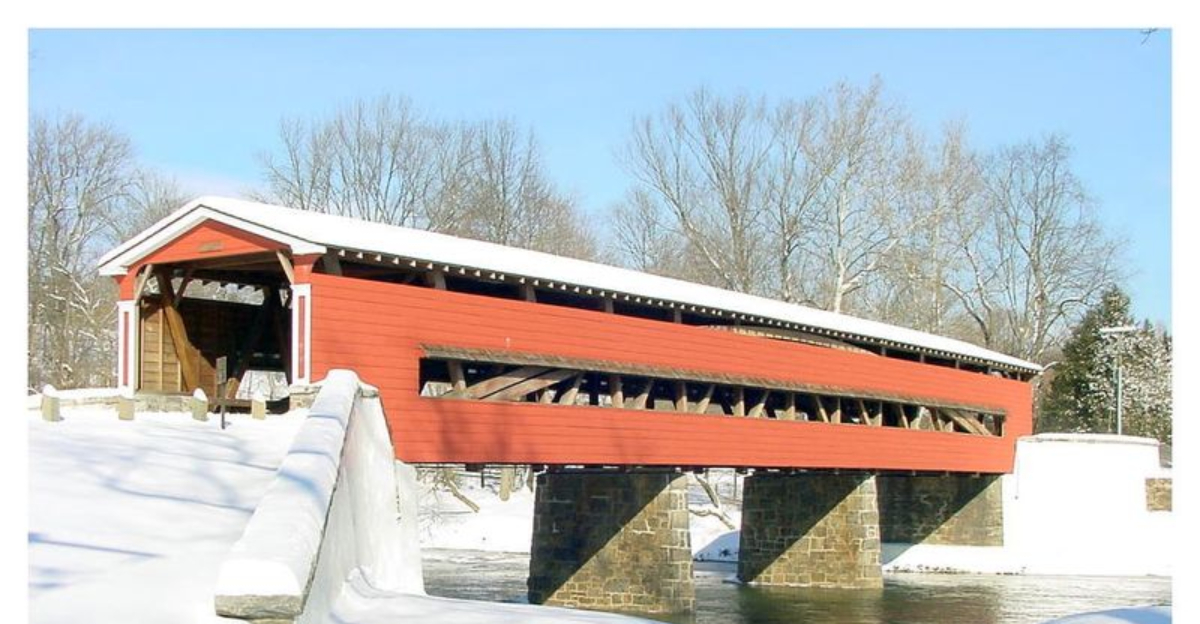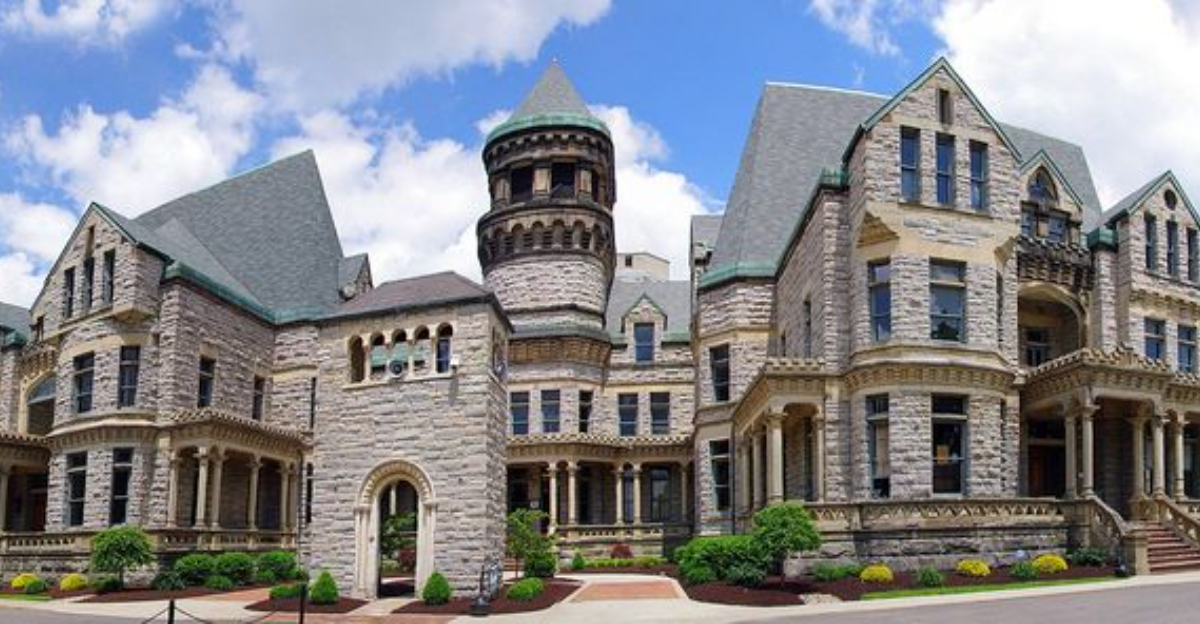Montenegro’s Hidden Coastal Paradise Demands Attention
Tucked between Croatia and Albania along the Adriatic coastline, Montenegro remains one of Europe’s best-kept secrets.
This compact nation, smaller than Connecticut with just over 600,000 residents, punches well above its weight when it comes to natural beauty and historical significance.
While neighboring Croatia draws millions of tourists annually, Montenegro’s medieval towns and pristine waters offer similar magic without the overwhelming crowds.
1. A Town Where Empires Left Their Mark
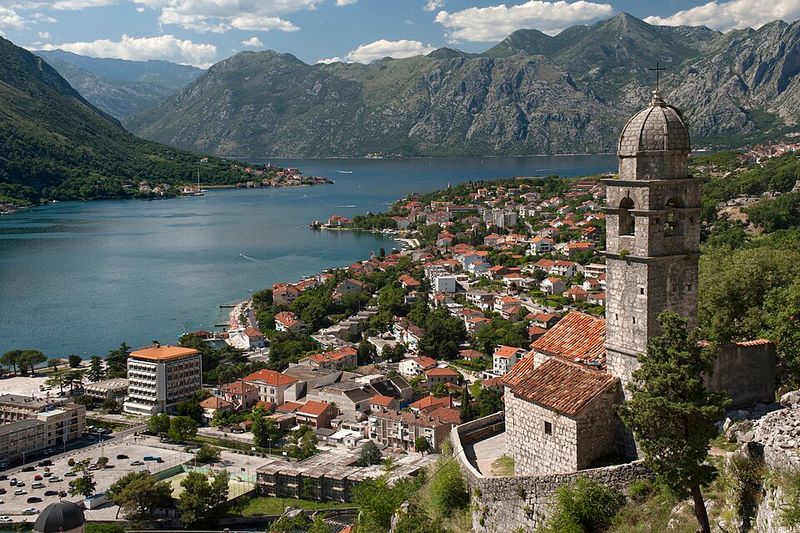
Kotor’s Old Town packs over 2,000 years of history into a space walkable in ten minutes. The city changed hands repeatedly throughout centuries, from Illyrians and Romans to Venetians, Austrians, and Yugoslavians, with each ruler leaving architectural and cultural fingerprints.
The medieval core earned UNESCO World Heritage status for good reason, with Venetian-style piazzas connecting through narrow cobblestone passages alongside 15th-century clock towers and Byzantine fortifications.
2. Mountains Meet Mediterranean Flavors
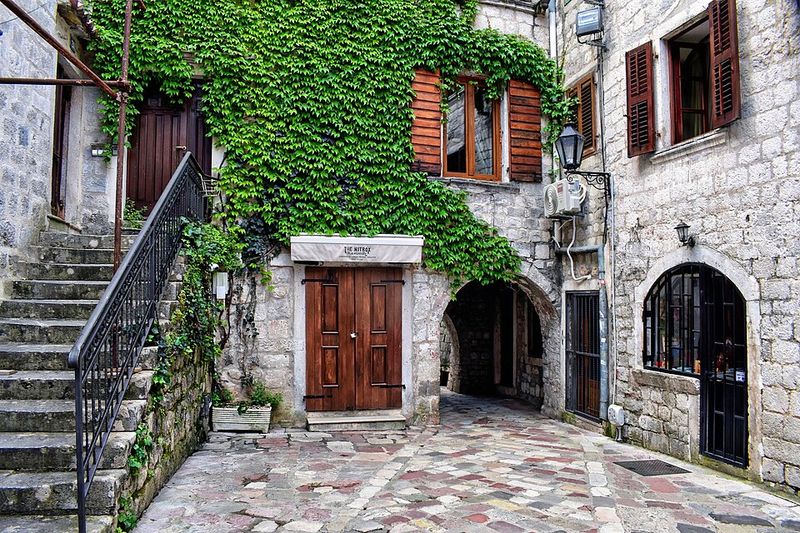
Local culture embraces its Slavic roots while incorporating Italian and Balkan influences. This blend appears most deliciously in traditional dishes like rastan, a hearty mix of collard greens and house-smoked sausage, often paired with regional wines and rakija, the local fruit brandy that packs serious punch.
Family-run wineries dot the hillsides above Kotor Bay, providing windows into Montenegrin hospitality and centuries-old agricultural traditions.
3. Beyond the Bay’s Beauty
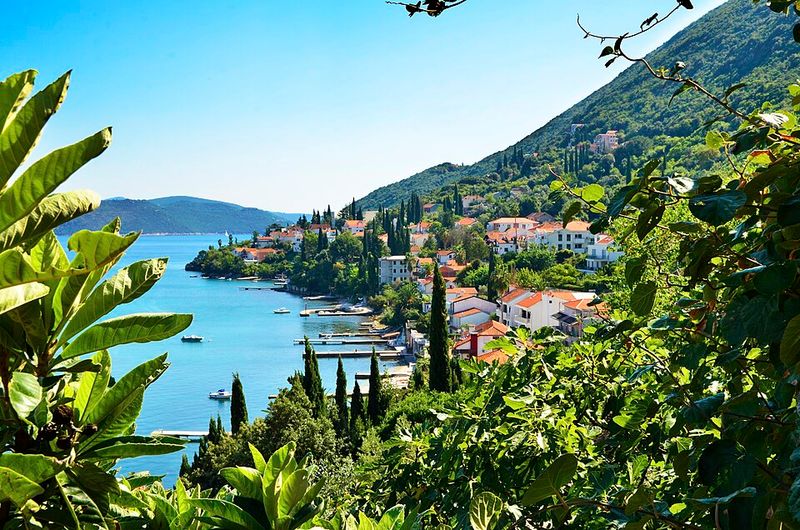
While Kotor Bay captures immediate attention, Montenegro’s interior deserves equal billing. Lake Skadar National Park, roughly an hour’s drive from Kotor, surrounds the Balkans’ largest lake with rolling hills and floating water lily fields.
The Adriatic coastline stretches to beach towns like Ulcinj, where sandy shores replace rocky beaches typical of the northern coast.
4. Planning the Journey
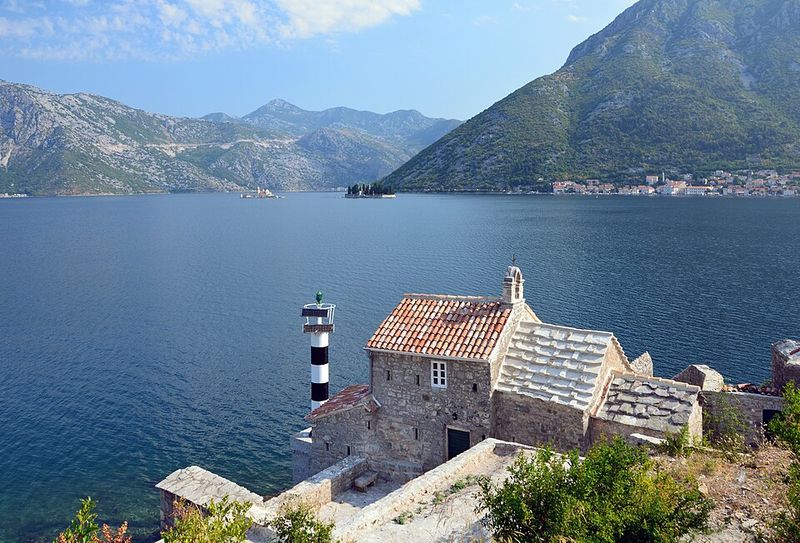
Reaching Montenegro requires some strategic planning but presents multiple viable routes. The country operates two main airports in Tivat and Podgorica, though most transatlantic travelers connect through Belgrade or other European hubs.
Alternatively, flying into Dubrovnik, Croatia, allows for a scenic two-hour drive across the border. Cruise ships increasingly add Kotor to Adriatic itineraries, offering the easiest way to sample Montenegro as part of a broader regional exploration.



